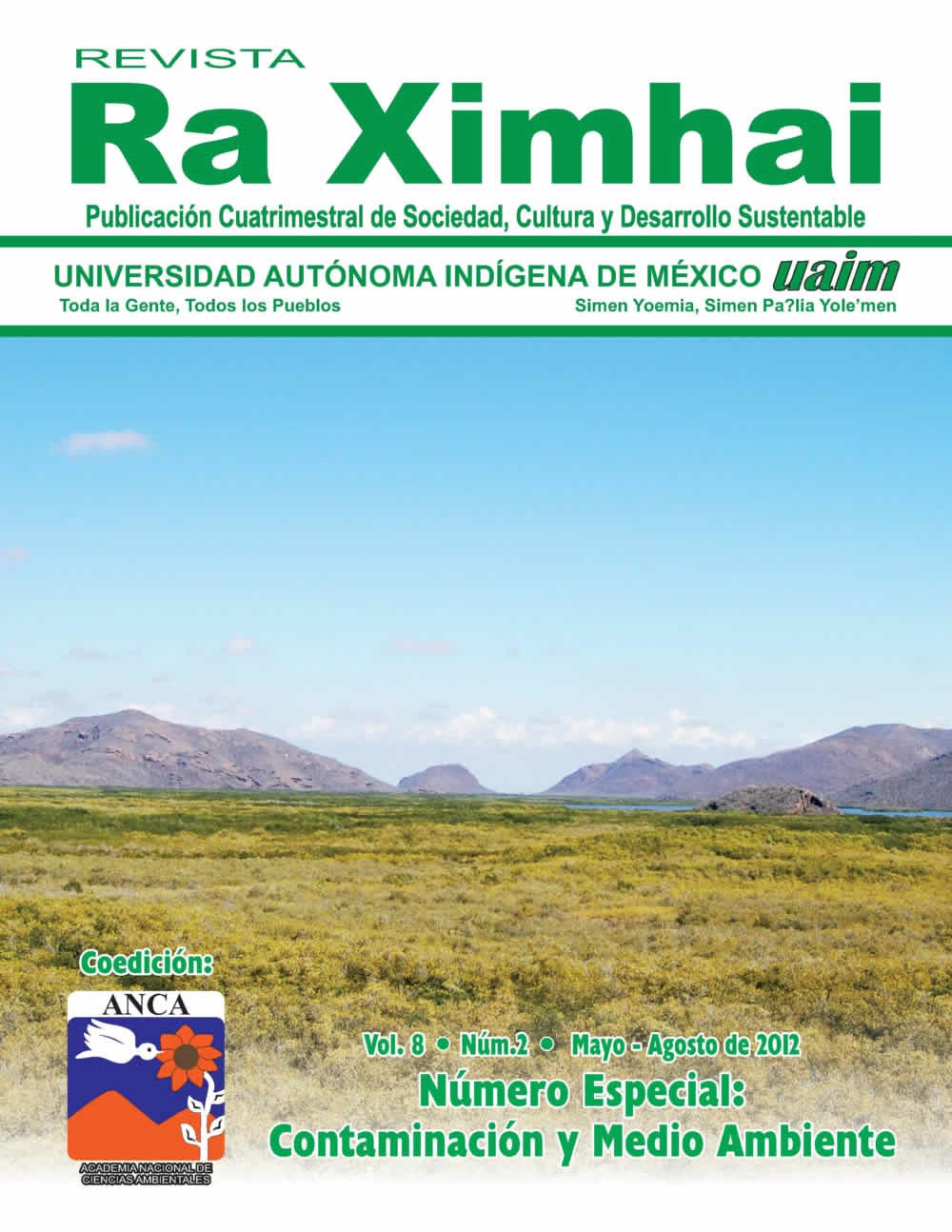Determination of organic compounds in petroleum on mangrove seedlings (R. mangle, L. racemosa and A. germinans)
Keywords:
pollution, oil, mangroveAbstract
Due to the impact that mangrove ecosystems have suffered from crude oil accidents in various parts of the world and because there are few studies on the identification of the toxicity effects that it causes on the physiological and morphological processes in mangrove forests in the short and long term. This research will generate the baseline on the above in seedlings of Rhizophora mangle L., Laguncularia racemosa (L.), Avicennia germinans L., simulating natural zoning, under optimal intervals in environmental conditions in a controlled manner. In this work, the PAHs emanating from the gas chromatography analysis were quantified, using the external standard method from a mixture containing 16 PAHs. In addition, in this work the Rhizophora mangle seedlings showed the greatest effect (p <0.05; gl = 2), specifically Benzo (a) Pyrene (rs- 0.967, p = 0.033). Authors such as Botello et al., (1995); Riser et al., (1998) and Kerret et al., (2001), point out that PAHs with 4 or 5 benzene rings are considered compounds with greater persistence in the environment, attributed to the fact that organic compounds bind with the particulate material of the sediment (increased permanence), becoming more resistant to bacterial degradation under anoxic and alkaline conditions; this is supported by what was reported by Chunlonget et al., (2003) and similar conditions obtained in the DCPC during the permanence of crude oil.
Downloads
References
Botello, A.V., S. Villanueva, G. Díaz & Y. Pica .1995. Contaminación por hidrocarburos aromáticos poli cíclicos en sedimentos y organismos del puerto de Salinas Cruz, Oaxaca, México. In: Golfo de México, Contaminación e Impacto ambiental: Diagnostico y Tendencias, 2da. Edición. Universidad Autónoma de Campeche, Universidad Nacional Autónoma de México, Instituto Nacional de Ecología. 11 (1): 21-30.
Chunlong, Z. Z., H.G. Gregory & L. George. 2003. Potential PAH release from contaminated sediment in Galveston
Bay-Houston Ship Channel. University of Houston-Clear Lake, Environmental Institute of Houston.Annual Report.
Kerr J., M.,J. McMillen S., I.Magaw R., R. Melton H. y Naughton G. 2001. Risk-based soil screening levels for crude oil: The role of polyaromatic hydrocarbons. The petroleum environmental research forum, USA.
National Research Council (U.S.).1985. Steering Committee for the Petroleum in the Marine Environment Update. 601 pp.
Olguín, E.J., Hernández, M.E. y Sánchez- Galván G. 2007.Contaminación de manglares por hidrocarburo y estrategias de Biorremediación, Fitorremediación y Restauración. Rev. Int. Contam. Ambient. Vol. 23 (3): 139-154.
Riser-Roberts, E. 1998. Remediation of petroleum contaminated soils. In: Biological, physical, and chemical processes. 1a ed. Lewis publishers, United States of American. 542 pp.
Simpson, C.D.; Mosi AA; Cullen WR, Reimer KJ. 1996. Composition and distribution of polycyclic aromatic hydrocarbons in surficial marine sediments from KitimatHarbour, Canada. Sci Total Environ,181: 265-278.
Downloads
Published
How to Cite
Issue
Section
License
Copyright (c) 2012 G.C. Requena Pavón , C.M. Agraz Hernández, A. Vazquez Botello, J. Osti Saénz , J.E. Reyes Castellanos , C. Chan Keb , C. García Zaragoza , E. Chan Canul

This work is licensed under a Creative Commons Attribution-NonCommercial 4.0 International License.
Usted es libre de:
- Compartir — copiar y redistribuir el material en cualquier medio o formato
- Adaptar — remezclar, transformar y construir a partir del material
- La licenciante no puede revocar estas libertades en tanto usted siga los términos de la licencia
Bajo los siguientes términos:
- Atribución — Usted debe dar crédito de manera adecuada , brindar un enlace a la licencia, e indicar si se han realizado cambios . Puede hacerlo en cualquier forma razonable, pero no de forma tal que sugiera que usted o su uso tienen el apoyo de la licenciante.
- NoComercial — Usted no puede hacer uso del material con propósitos comerciales .
- No hay restricciones adicionales — No puede aplicar términos legales ni medidas tecnológicas que restrinjan legalmente a otras a hacer cualquier uso permitido por la licencia.








